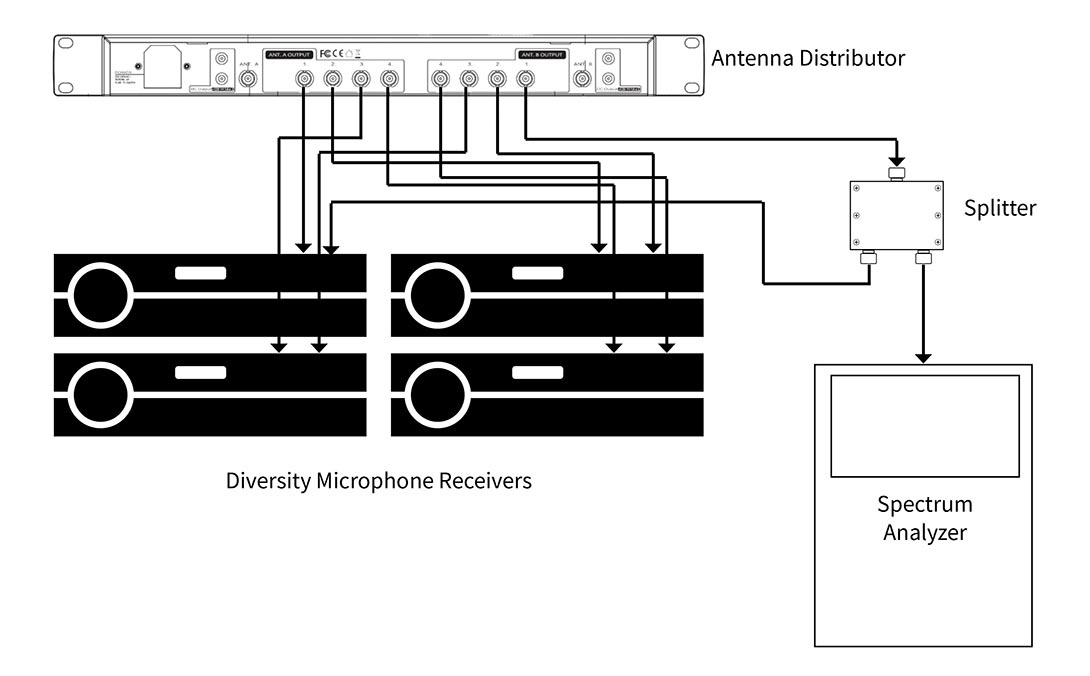

There are three types of receivers, and each has a different method of receiving the transmitted signal. The transmitter and the receiver need to be set to the same radio frequency so that the mic signal is sent correctly. A typical receiver has two antennas so that it can effectively capture a strong signal from the transmitter. These audio signals then pass through the sound system. The transmitter sends its signal to the receiver, a piece of equipment that transforms radio waves into audio signals. The third most important piece of equipment that transforms audio signals to sound is the receiver. It clips onto a belt or waistband, or it can be tucked into a pocket. A body pack is a boxy device with an antenna, and it’s about the size of a deck of cards or a pack of cigarettes.Ī belt pack contains the components that relay a signal to a remote receiver.

If a microphone is hands-free, such as a headset or lavalier, it uses a transmitter called a belt pack or body pack. It attaches to the lower part of the model that’s usually connected to a cable. Plug-in transmitters, or plug-on, are standalone devices that can transform most non-cordless microphones into wireless. A handheld transmitter is battery operated. These signals are broadcast from an antenna at the microphone’s base.

This makes the microphone somewhat larger than a traditional corded one The transmitter’s job is to convert audio signals to radio signals. No matter what type you use, though, it needs to be paired with a transmitter.Ī transmitter is a device that literally transmits the microphone’s audio signals to a receiver.Ī handheld transmitter is built into the mic’s body. You may have seen broadcasters, public speakers and interviewers use this type of mic. It links to a body pack transmitter, which then sends the signal to a wireless receiver. Lavalier (or lapel) mics are small, discreet microphones that are fastened to ties, collars and other clothing. It’s important to use a WMS that allows you to be active, sing and not trip over a labyrinth of wires.Ī headset mic, comprised of a microphone that’s worn on the head, a body pack transmitter and a cordless receiver works well for those who need a lightweight option that permits freedom of movement. If you’re a dynamic performer such as Britney Spears or Cher, you’ll need to move with as little encumbrance as possible. Singers or other users have more mobility with this type of mic.ī) Wireless Headset Mic with Body Pack Receiver

Some refer to it as a two-in-one.Ĭable devices are usually available in cordless models if a user basically likes them but wants a cordless version. It’s a streamlined system because the transmitter is built into the mic’s handle (also called the capsule), and its only other element is a wireless receiver. Many lead vocalists prefer this type of device. The components of a wireless system are unlike those of a corded microphone and perform differently.Ī) Handheld Wireless Microphone with Built-In Transmitter What Are the Components of a Wireless System? From there, the signal is carried via a cable to a mixer or sound system, where it emerges as audio.Ī cordless microphone, on the other hand, contains a battery-operated transmitter that sends audio signals through the air via radio waves. Put simply, cable devices transform a sound into an electrical signal. What’s the Difference Between Cable and Wireless Microphones? Let’s figure out how wired microphones differ from cordless ones, what a wireless microphone system (WMS) consists of, what frequency they work at, as well as their pros and cons, where they are used, and what to look for when buying them. So how does a wireless microphone work? Read on to find out. Affordable models come in handy for home and office use, voiceovers, presentations, lectures and classes that don’t require perfect sound or noise reduction.Ĭordless mics can also be an effective choice for these purposes, as well as larger-scale productions such as concerts. The market has an abundance of offers fitting all budgets. Wireless microphones (also called cordless) have exploded in popularity as a convenient and effective method of transmitting singing and speech. They also tethered musicians, as well as other types of entertainers and presenters, to one spot. The cables were unsightly, and they invited all types of mishaps, such as trips, falls and jacks popping out of amps mid-performance. Not so long ago, performers had to deal with an unruly tangle of microphone cables.


 0 kommentar(er)
0 kommentar(er)
